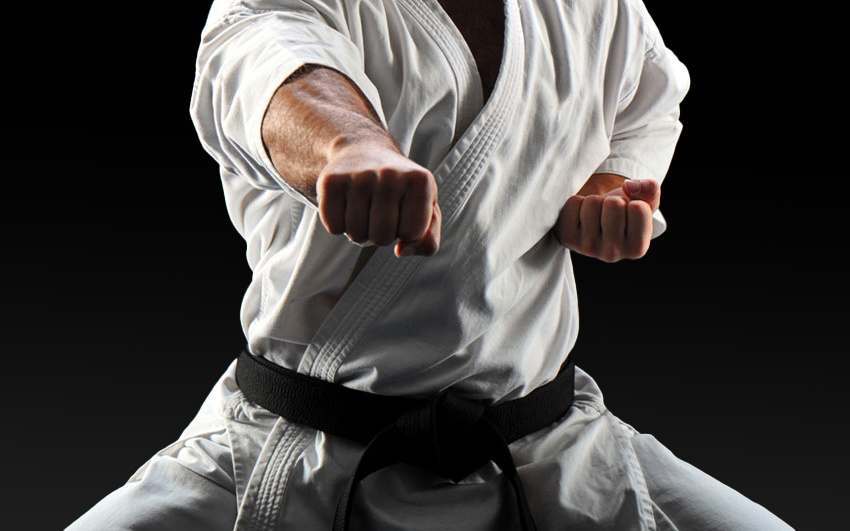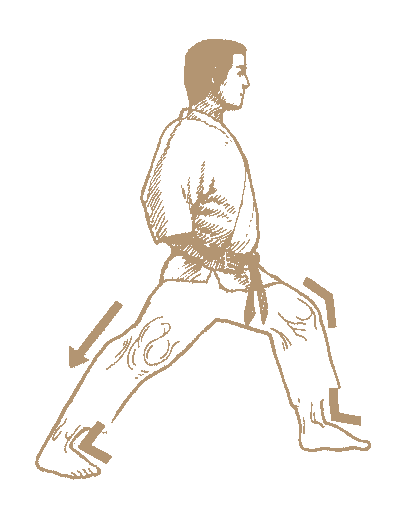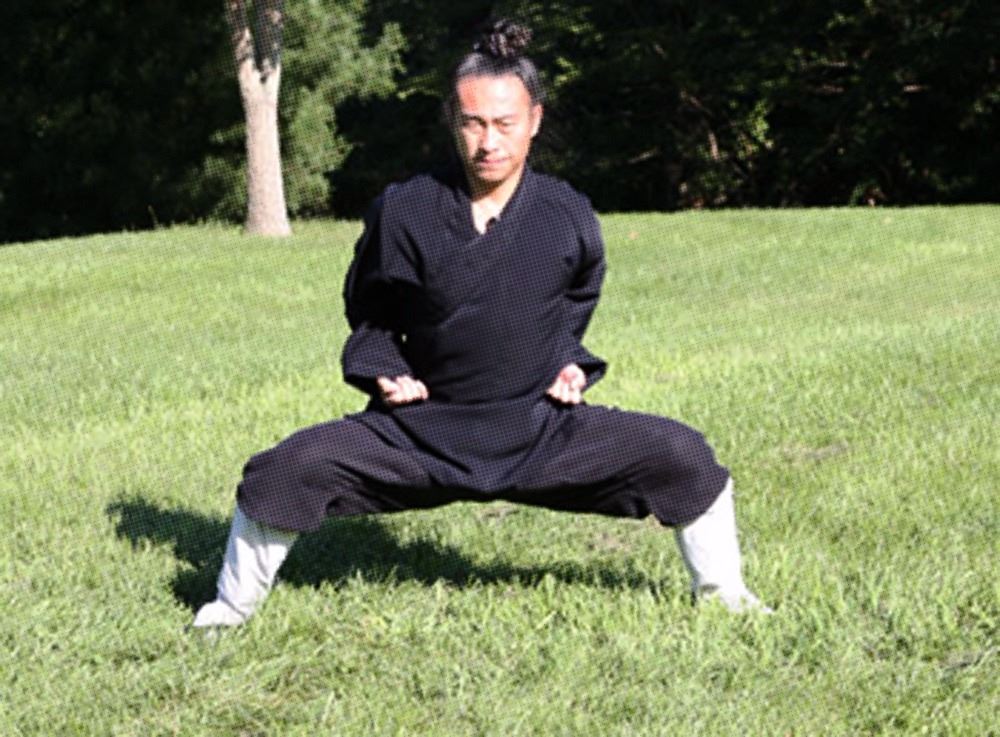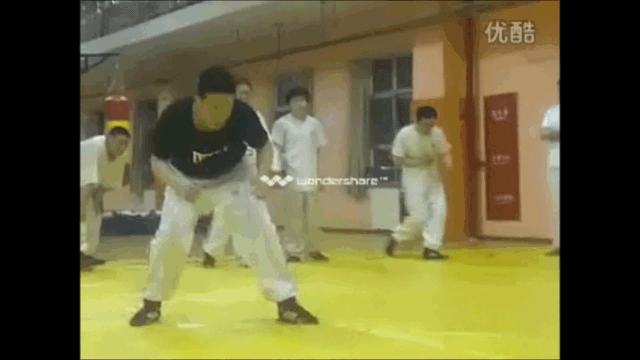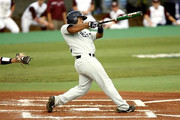For some people, the effective and reactive offensive actions you are referring to are the byproduct of properly training the system as a whole to develop skill.Wing Chun is meant to be effective and reactive with offense. But it is only as effective as the practitioner. You'll see guys 20 years deep in the art and they will take 30mins just to do Siu Lim Tao. Why? So they don't need to think about using the techniques if they have to use them.
From my discoveries, the many interpretations of WC/VT/WT can make it a bit difficult when discussing concepts and ideas that aren’t as universal and declarative as we would like them to be. This also means the definitions and purpose of forms can differ depending on the lineage.It is because by doing so it becomes instinct and you don't need to think, especially considering SLT/SNT is the foundation of Wing Chun.
In several lineages SLT/SNT isn’t so much about instinct or ingraining “techniques" so the practitioner doesn’t have to think about them if he/she has to use them; but more about the practice of building the mechanics of the system. Learning and memorizing shapes is just on the surface level, a very small aspect of the form. The shapes are worthless without the context of the system’s mechanics that support them. So within this interpretation, it can also be said that the foundation that SLT/SNT teaches is the development of the core mechanics and training attributes that are continually found and reinforced throughout the entire system. Shapes being simply one part of the many fundamentals of Wing Chun.
For many practitioners the “A, B, C’s” of the alphabet in SLT/SNT are concepts such as: learning proper elbow placement (which paves the way for the mechanics that drive the punch), the purpose of the action that each shape helps to create, the importance of non-application attributes like training each side at the same time, covering from a low to high position, replacing the hands to hit, recovering from a lost position, training “elbow first”, foundational rooting, etc… In this way of thinking, shapes are the expression of the mechanics.
Interesting. In what ways do you believe this section is specifically linked to bare knuckle sparring, and which sifu are you talking about?It isn't ironic that numerous Sifus who stress SLT and taking longer and longer to do it (especially the tan sao, hun sao, woo sao, then fook sao, hun, woo) also are proponents of bare knuckle sparring.
Last edited:

